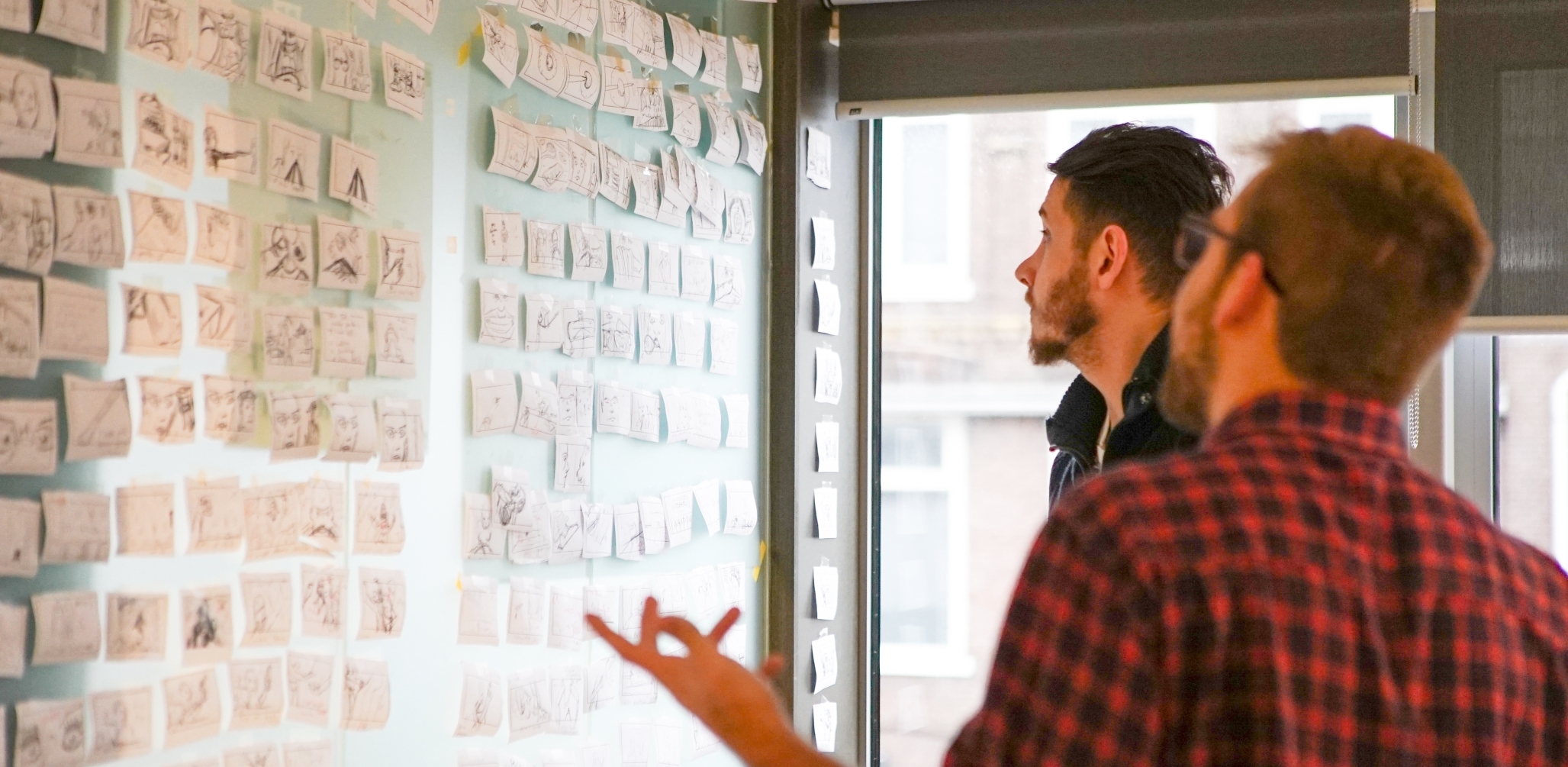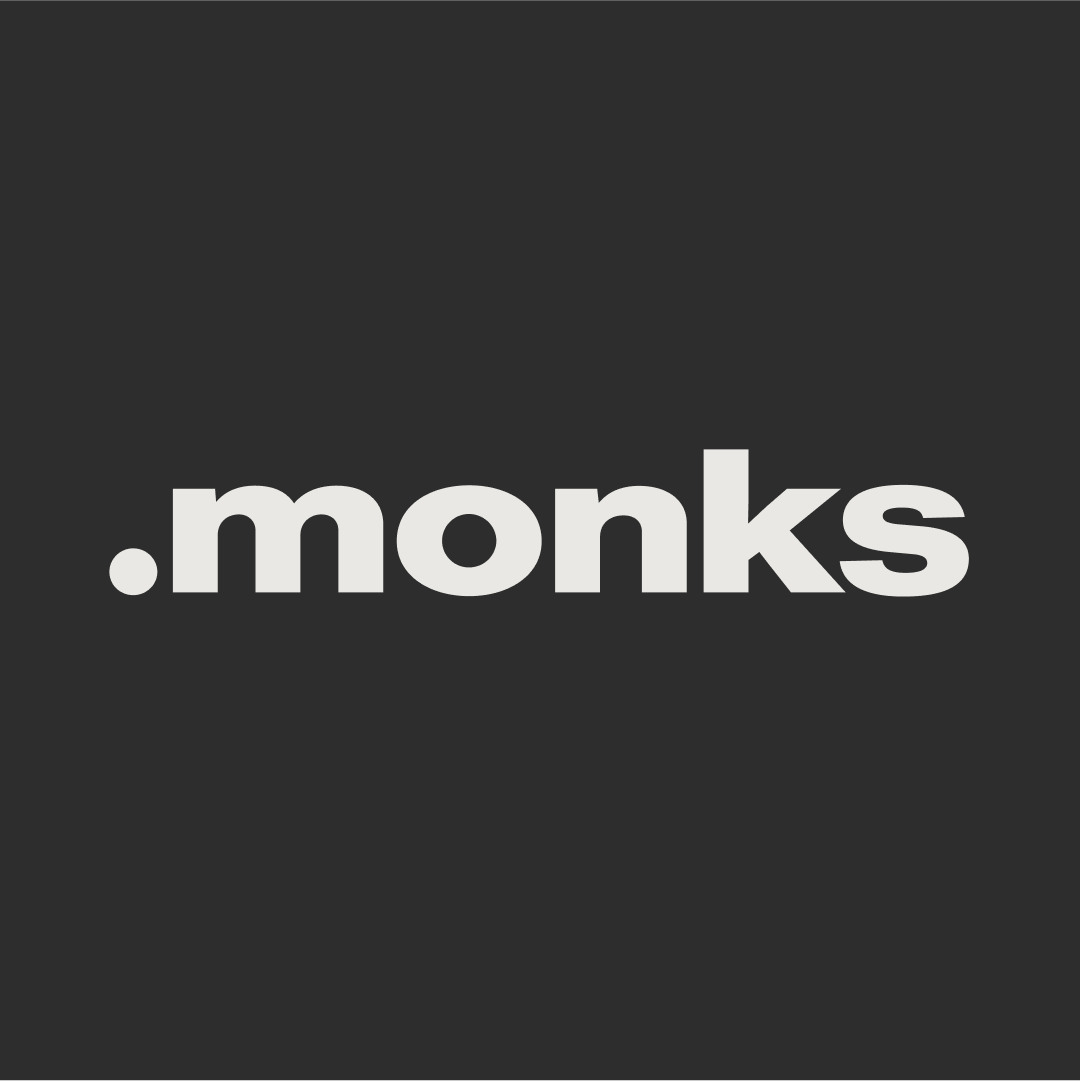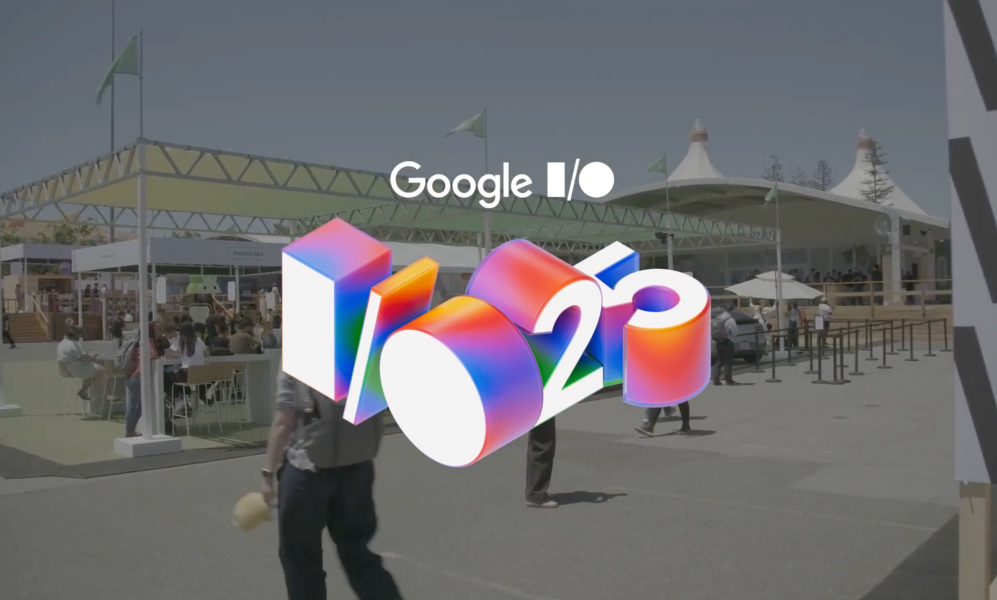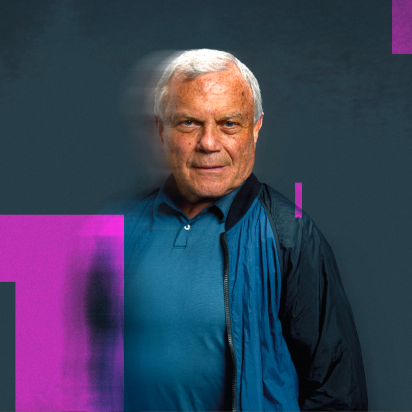4 Focus Group Alternatives for More Varied Consumer Research

Focus groups may be one of the most well-known consumer research methods there is, but they’re not always the most effective in reaching your goals. Camera setups and a sterilized, corporate environment could make the experience feel very artificial for consumers, amounting to less than stellar (or super accurate) results. While focus groups have their opportunity to shine, some situations call for other options.
No matter which method you prefer in gathering user research, having multiple options is best: some methods are best for qualitative research while others are best for quantitative. Ideally, your research approach should include a method for both. “Research just for the sake of it isn’t good for the project,” says Fernanda Gonzalez, a Sr. UX Designer at MediaMonks who has done research on behalf of travel brands including Aeroméxico. “Use two methods that fit directly with your objective.” This allows for both broad, statistically valid insights as well as the deeper understanding required in maintaining a focus on the user experience.
Where Focus Groups Can Fall Short
Focus groups certainly have their uses: they’re versatile enough to use at different stages of the discovery or design process, and can aid in testing which creative approach resonates best with a handful of users. But their biggest limitation is that they often feel artificial. “The process is so well-known to consumers, and the setup can often alienate the subjects from those doing the research,” says Gonzalez—not something you want when seeking open, honest responses from your audience.
The more hygienic and clean the environment gets, the further you are from the consumer experience.
For UX Researcher Olivia Cabello, who has provided consumer insights to brands like ServiceNow, the potential for groupthink can also limit the value of insights derived from focus groups. “The loudest person in the group tends to influence others’ opinions,” she says. “In the past, I’ve prompted individuals to privately give written responses before the group discussion. When checking them afterward, you can see how their opinions changed throughout the conversation.” Therefore, this method can result in biased responses or ones less specific than anticipated.
Giving Research a Human Touch
“The more hygienic and clean the environment gets, the further you are from the consumer experience,” says Daniel Goodwin, a Digital Strategist at MediaMonks in Hilversum who has worked with brands like Heineken and McLaren. Highlighting this need, brands must introduce empathy through alternative approaches that bridge the gap between business and customer perspective. Each of the methodologies outlined below place their focus on validating the user experience on an individual level.
It’s important to say ‘I am here to listen to you, to understand your challenges.’
In this respect, Gonzalez stressed the importance of treating users as active participants rather than study subjects. “It’s a mistake to act as if we’re equally impacted by how a platform or service will affect us,” she says. “It’s more important to say ‘I am here to listen to you, to try to understand your challenges and to help build something useful.’ This frames them as part of the solution, not just someone being helped.’” Because consumer research relies on trust for open, honest responses, it’s important to treat subjects with sensitivity and care—a goal which leads to the more human approach we strive to take in research.
1. Good Things Come in Threes
Gonzalez’s favorite alternative to focus groups is the three-person method: simply gather three people of a similar demographic or persona, then interview them about their experience. While the loudest voice in a focus group often dominates others, these smaller groups comprising similar or like-minded subjects is more akin to a group of friends chatting about their experiences. The approach establishes a more collaborative and casual environment that makes it easy for subjects to share their perspective, making it ideal for validating creative concepts.
“When you have a group of people complementing one another in terms of persona or segment, you avoid the issue of a leader emerging, like in focus groups,” says Gonzalez. “Instead, group members build off one another’s ideas, which also makes it useful for gauging brand perception.” Gonzalez recommends working with two groups, resulting in insights from six similar subjects. This lets you gain a good scope of the user experience in just an hour or so.
2. Dive Deep with Individual Interviews
The deepest insights come from individual interviews, whether it be through questioning about their experience or observing the way they behave with a product or platform. Trade shows and industry conferences make great environments for gathering several viewpoints in-depth. For example, one client that Cabello worked with wanted to target customers via old-school mailers. But when Cabello, who’s based in New York, spoke directly to this audience at an industry trade show with her team, they found that the target audience felt annoyed by mailers. After taking this insight back to the client, the business shifted focus on other channels that would better engage their customers.
Cabello advises researchers to gather perspective from several roles, personas and stakeholders with this method, and to keep interviews short and sweet: “At some events there is limited time between talks, so strategically selecting about five questions is best for keeping the conversation focused.”
You’re not going to change people’s mentalities; supporting user behavior is key.
User testing, meanwhile, is key for understanding an audience’s thought process and to test whether a design process makes sense. “What I love most is when people do workarounds, they find a way to do it differently rather than how it’s designed. That’s the perfect moment to ask why they did this, leading to valuable results.”
When applying these insights, it’s important that the brand supports—not replace—user behaviors. “No matter what you build or create, you’re not going to change people’s mentalities,” says Cabello. For example, a cloud computing service Cabello worked with wanted to build a documentation portal to help users learn how to use the platform effectively. But Cabello found that users already met this need by sharing tips through community-building. The insight prompted the brand to pivot away from a documentation portal and toward a community platform that would empower users to instruct one another and bounce off ideas.
3. Gain Insights Over Time with Diary Studies
When you need to know how a user engages with a platform, service or need over time, diary studies make for an excellent tool. Whether they really shine is by placing those interactions in the context of daily life: what motivates them to use the product? What barriers exist? For Gonzalez, prompting users to regularly reflect and record engagements as they happen leads to fresh results.
“By being involved in the day-to-day rather than taking subjects outside of the experience for gathering research, diary studies can result in more information than sitting subjects down and asking them to remember tasks from their day,” says Gonzalez. The approach is ideal for seeking inspiration before zeroing in on a specific solution to validate.
Use two research methods that fit directly with your objective.
4. Poll Internal Stakeholders, Too
Consumer research shouldn’t just target consumers. In some cases, you’ll want to talk to other roles or stakeholders within the organization to understand how their interactions with customers can shape their experience with the brand. Goodwin has worked with clients in which their headquarters and roles working more directly with customers have become misaligned. In this situation, Goodwin recommends interviewing those with consumer-facing roles.
This practice not only aligns organizational goals, but also casts a wide net on user experiences. “Consumers have just one viewpoint: theirs,” says Goodwin. “But someone who interacts with them each day has a broad view of the different problems they run into.” By interviewing people with these roles, you can identify several opportunities to better support an audience’s need in little time.
Each of the methods outlined above aim to gather perspective on the customer experience without taking them out of the everyday. By engaging with research subjects out in the field and on their level, brands can achieve actionable insights without disrupting users or asking them to provide responses they think brands want to here. Instead, the approach should focus squarely on individual user need in the context of their daily lives.
Related
Thinking
Sharpen your edge in a world that won't wait
Sign up to get email updates with actionable insights, cutting-edge research and proven strategies.
Monks needs the contact information you provide to us to contact you about our products and services. You may unsubscribe from these communications at any time. For information on how to unsubscribe, as well as our privacy practices and commitment to protecting your privacy, please review our Privacy Policy.



